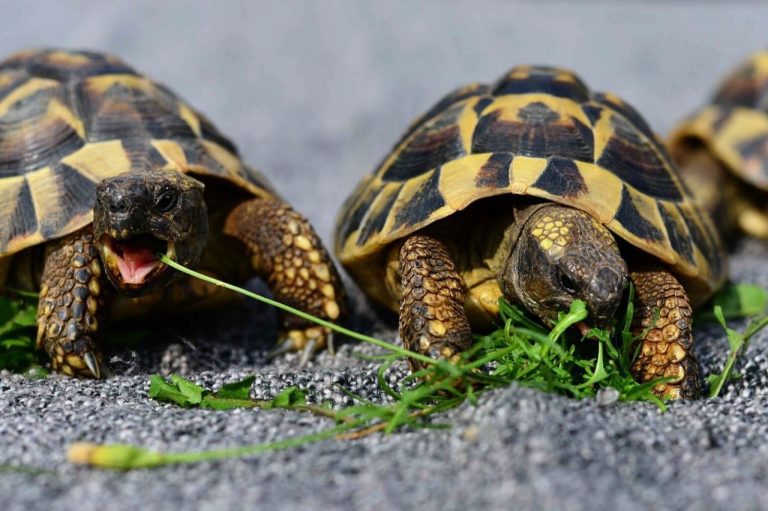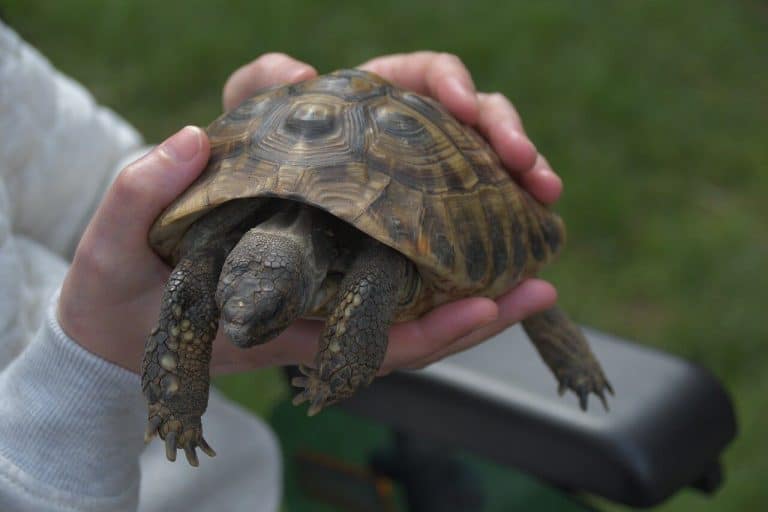How Fast Is The Fastest Turtle?
Today we discuss How Fast Is The Fastest Turtle. Turtles are known for their slow and steady pace, but have you ever wondered how fast the fastest turtle can move?
In this blog post, we will delve into the fascinating world of turtles and explore the speed capabilities of these remarkable creatures.
From sprinters to long-distance travelers, turtles exhibit a range of speeds that may surprise you. Join us on this journey as we uncover the secrets of the fastest turtle and gain a newfound appreciation for these slow-moving yet impressive animals.
How Fast Is The Fastest Turtle:
Understanding Turtle Speed:
Turtles are not typically associated with speed, as they are often portrayed as slow-moving creatures that leisurely plod along. However, it is important to note that there is a wide variation in the speed capabilities of different turtle species. Factors such as size, habitat, and behavior play a significant role in determining how fast a turtle can move.
Turtles are ectotherms, meaning their body temperature is dependent on external sources of heat. As a result, their metabolic rate and overall activity level can be influenced by environmental conditions. This can impact their speed and agility, with some species being more adept at quick bursts of movement while others excel at sustained locomotion over long distances.
The Need for Speed: Sprinting Turtles:
While turtles are not known for their sprinting abilities, certain species can move surprisingly fast over short distances. For example, the red-eared slider (Trachemys scripta elegans) is a popular pet turtle that is capable of quick bursts of speed when escaping predators or chasing down prey.
The red-eared slider can reach speeds of up to 3-4 miles per hour (4.8-6.4 kilometers per hour) in water, using its webbed feet to propel itself forward. On land, it is not as fast due to its cumbersome shell and limb structure, but it can still move at a relatively brisk pace compared to other turtle species
The Tortoise and the Hare: Long-Distance Travelers:
While some turtles excel at short bursts of speed, others are built for endurance and long-distance travel. Tortoises, for example, are a type of turtle known for their slow and steady pace, but they are capable of covering vast distances over time.
The African spurred tortoise (Centrochelys sulcata) is one of the largest species of tortoise and is renowned for its ability to travel long distances in search of food and water. Despite its seemingly sluggish gait, the African-spurred tortoise can maintain a steady pace of 0.3-0.5 miles per hour (0.48-0.8 kilometers per hour) for extended periods.
Racing Against Time: The Fastest Turtle Species:
When it comes to determining the fastest turtle species, the title is often awarded to the leatherback sea turtle (Dermochelys coriacea). As the largest of all sea turtles, the leatherback is built for speed and agility in the water, enabling it to traverse vast oceanic distances with ease.
The leatherback sea turtle can swim at impressive speeds of up to 22 miles per hour (35 kilometers per hour) in short bursts, making it one of the fastest reptiles in the world. Its streamlined body, powerful flippers, and unique physiology contribute to its remarkable speed and efficiency in the water.
Factors Affecting Turtle Speed:
Several factors can influence the speed at which turtles can move, both on land and in water. These factors include:
1. Size and Weight:
- Larger turtles tend to move more slowly due to their size and weight, while smaller turtles may be more agile and quick.
2. Habitat:
- Aquatic turtles are generally faster swimmers than terrestrial turtles, as they have evolved specialized adaptations for moving efficiently in water.
3. Body Structure:
- The shape and structure of a turtle’s body, limbs, and shell can impact its speed and agility in different environments.
4. Environmental Conditions:
- Temperature, humidity, and terrain can all affect a turtle’s speed and activity level, with some species being more active in certain conditions than others.
By taking these factors into account, we can gain a better understanding of why certain turtle species are faster or slower than others and appreciate the diverse range of adaptations that have evolved among these fascinating creatures.
Racing Against Extinction: Conservation Efforts:
Despite their impressive speed capabilities, many turtle species around the world are facing threats to their survival due to habitat loss, pollution, climate change, and poaching. Conservation efforts play a crucial role in protecting these unique animals and ensuring their continued existence for future generations to appreciate and admire.
By supporting conservation initiatives, raising awareness about the importance of preserving turtle habitats, and advocating for stronger environmental protections, we can help safeguard the future of these remarkable creatures and prevent them from disappearing at an alarming rate.
The Need for Further Research:
While we have uncovered some fascinating insights into the speed capabilities of turtles in this blog post, there is still much to learn about these enigmatic creatures. Further research into the biomechanics, physiology, and behavior of different turtle species can provide valuable information about how they move, interact with their environments, and adapt to changing conditions over time.
By supporting scientific research and educational programs focused on turtles, we can contribute to the ongoing discovery and conservation efforts aimed at protecting these unique animals and ensuring their well-being for generations to come.
Conclusion
turtles may not be known for their speed in the same way that cheetahs or falcons are, but they possess a range of abilities that make them well-adapted to their respective environments. From sprinting sliders to long-distance travelers like tortoises, turtles exhibit a diverse array of speed capabilities that reflect their evolutionary history and ecological roles.
By appreciating the unique traits and behaviors of turtles, we can gain a deeper understanding of the natural world and our interconnectedness with all living beings. So next time you see a turtle crossing your path, take a moment to marvel at its resilience, adaptability, and yes, even its speed the wonders of the animal kingdom, one slow-and-steady step at a time.


